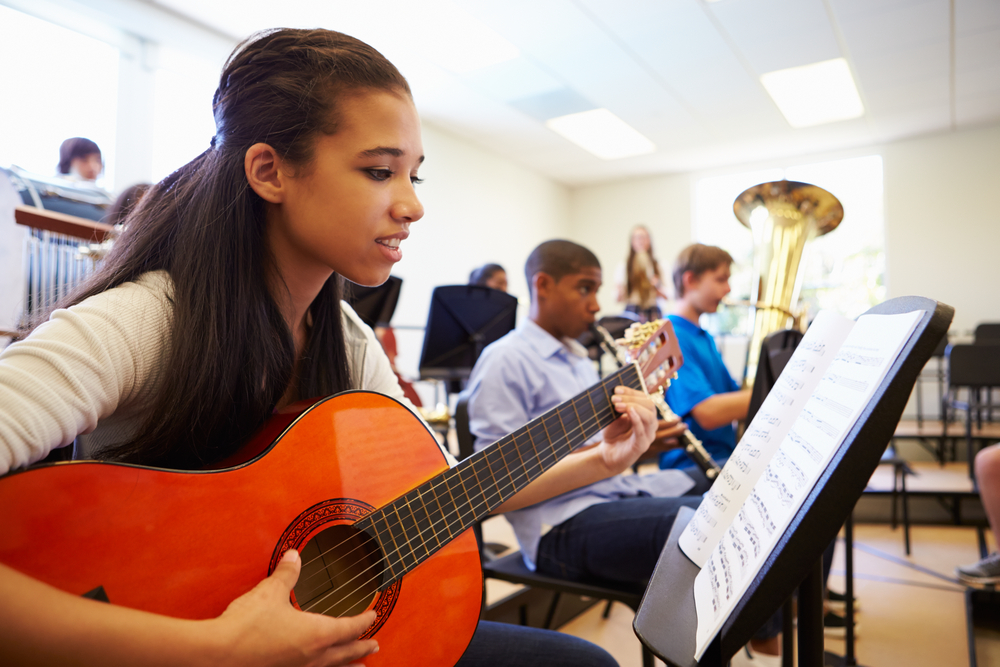Peer pressure can sometimes feel like something of a cliché. It’s something covered in after-school specials from the 1980s and 1990s, not something faced by teens of today. Unfortunately, peer pressure never faded away. There is more awareness about it, what it looks like, and the dangers that it can bring with it.
Awareness is positive. What is even better is teaching your teen how to recognize and say no to peer pressure that they may encounter. Preparation does begin with more awareness.
So, what does peer pressure look like for your teen?
The importance of peers
From an early age, our peers play a significant role in our emotional and social development. Peer influence starts early and only increases during the teen years. It is considered healthy, natural, and important for teens to have friends that they trust and rely on as they grow up. Peers can positively influence and provide the kind of support that parents and siblings simply can’t. In an ideal world, all influence from peers would be positive. But for some teens, their friends may encourage them to skip school, cheat at school, shoplift or use alcohol and drugs. It’s thought that most teenagers who develop a substance abuse problem started using alcohol or drugs as a direct result of pressure from their peers.
Even as adults, we can find ourselves giving into peer pressure due to a strong need to fit in. We want to be liked, and we worry that if we don’t go along with the latest trends, we’ll be left out.
For a teen struggling with identity and trying to fit in, peer pressure can be enormous. Teens want to feel like they fit in well, and they want to be seen as just like the teens they admire. They are worried about standing out, being uncomfortable in social situations, being rejected or mocked, and they don’t know how to figure out what it is that they genuinely want themselves.
Peer pressure isn’t always negative
It’s certainly easier to focus on the negative sides of peer pressure. After all, there are often serious consequences associated with the pressure applied to teens by those in their social circle.
However, with the right type of peer pressure, your teen may experience some positive changes in his life, such as:
- Acceptance and friendship.
- Positive examples of how to work hard at school.
- Encouragement to join in sports and other team activities.
- Positive feedback as they explore new ideas and work through problems they encounter.
- Opportunities to widen their social circle.
Friends can be such a good influence on each of us. Encouraging your teen to embrace positive peer influences can help them to deftly avoid some of those negative peer pressure influences.
Risky behaviors associated with peer pressure
The negative influence of peers can lead to several risky behaviors and serious consequences:
- Smoking, both tobacco and marijuana
- Vaping
- Experimenting with and abusing alcohol
- Drug experimentation and abuse
- Cheating on tests at school
- Shoplifting
- Unsafe sex
Saying no to negative peer pressure is not something that comes naturally to many of us. This is a behavior that needs to be learned.
Preparing for peer pressure
Teaching your teen how to cope with peer pressure before they are dealing with it can be helpful. You can use several strategies to help prep your teen to be as ready as he can be when faced with those difficult situations and decisions.
Explain to him the types of situations that he may be faced with. Discuss the possible fallout from making poor decisions. Could he be at risk of suspension at school, or perhaps at risk for trouble with law enforcement? Use specific examples of what he may be faced with so that he knows how to recognize them as negative peer pressure.
Establish clear family rules. Some ground rules could include not taking drugs, not stealing, or not hurting other people. Reinforcing these family rules can give your teen a benchmark for his behavior when faced with peer pressure.
Discuss the best responses to peer pressure. If your teen isn’t prepared with a response, then he is more likely to give in to the pressure and the behavior. Suggest options for how he can get out of a situation he doesn’t feel comfortable with. Remind your teen that he doesn’t always need to justify not wanting to participate in situations. He can simply be assertive with a stern no.
Don’t dictate to your teen who should and shouldn’t be their friend. You can, however, strongly encourage them to make selective and wise decisions when deciding who they should spend time with. Instead of being critical of their friends directly, rather focus on the bad behavior that they demonstrate.
Discuss the dangers they could face with smoking, drinking, using drugs, and engaging in unsafe sex. Knowing each of the facts can help your teen make an informed choice when faced with peer pressure to try them. Don’t assume that your teen knows the risks. It’s easy for him to disregard the potential dangers if he’s not entirely convinced that they are real.
Teach them how to say no, and mean it
It can be easy to tell your teen to simply say no when faced with peer pressure and other challenging situations. In reality, your teen may find that he doesn’t quite know how to say no and doesn’t know how to stick to this decision.
Start with simply saying no. It is easy enough to do until the pressure is increased. The problem is that the fact that they can decline to do something may not occur to your teen. No may not always work, but they must make it clear.
Provide a reason why he doesn’t want to go along with his friends, regardless of the peer pressure type. Perhaps he doesn’t want to skip school because the fallout from being grounded for a week or more isn’t worth it. Maybe he doesn’t want to steal because the potential of costly legal concerns isn’t worth it. This is why it is so important to have these discussions with your teen. The more knowledge he has, the more prepared he will be to make the right choices.
- Deflecting with humor is an option that can work. It can make light of serious concerns, like smoking, and give your teen an option to get out of the situation. As an example, “I can’t smoke. My mother has a nose like a bloodhound and will ground me for a month.”
- Come up with a good excuse as to why it’s not a good idea. If his friends are talking about shoplifting or vandalizing, now is an excellent time to have somewhere else to be.
- Offer alternatives to poor decisions or behavior. Instead of going to egg someone’s house, suggest going to get something to eat or going to see a movie. While one or two investigators may find this lame, your teen may find that others in the group will appreciate having an out.
Leave if things start to escalate and feel out of control. Remind your teen that you will always be there for him if he calls and needs to be picked up. He can feel alone when standing up to peer pressure. You can remind him that he isn’t alone.
If peer pressure and bullying behavior have led your teen down a potentially scary road, there are options to help get him back on track. A change in school can often make a world of difference. There are also options for online school that can let him take a break from the negativity that can come from peer pressure. A therapeutic boarding school is also a good option, particularly if he struggles with his mental health or substance abuse.






0 Comments